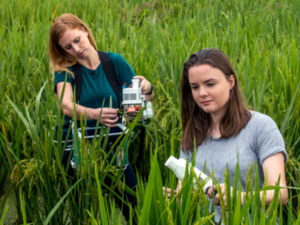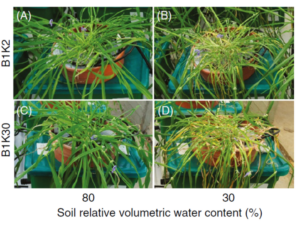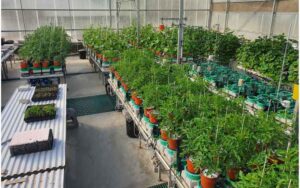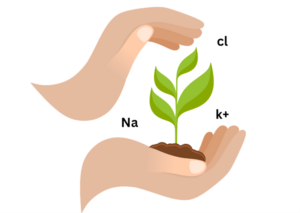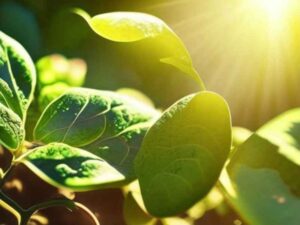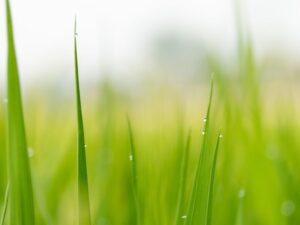Global warming is increasing the frequency and intensity of flooding, causing estimated annual agricultural losses of US$7.8 billion. This makes flooding the second most devastating climatic threat to crops, after drought. Flood tolerance in plants depends on key morphological and physiological traits, one of the most important being the formation of adventitious roots. However, tomato (Solanum lycopersicum) is particularly susceptible to flooding stress, and current commercial varieties offer limited tolerance.
Introgression lines (ILs) represent a valuable genetic resource for dissecting stress responses and improving flood resilience. In a new study, researchers used our PlantArray system with the Flood Kit to investigate how specific tomato ILs respond under oxygen-deficient, waterlogged conditions. The focus was on IL8-1 and IL11-4, previously identified for their contrasting transpiration behavior relative to the cultivar M82. The researchers hypothesized that these ILs would display distinct physiological and morphological adaptations to flooding, potentially linked to adventitious root development.
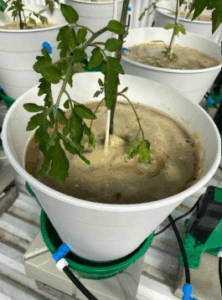
Plants were subjected to oxygen-deficient conditions, induced by nitrogen gas, and flooding for 7 and 14 days. A range of parameters was assessed, including oxygen concentration, redox potential, nutrient content, transpiration rate, shoot dry weight, and adventitious root formation.
Flooding caused a significant reduction in midday transpiration rates across all genotypes, ranging from 9.72% to 67.37%, with M82 showing the smallest decrease. While M82 maintained shoot dry weight under flooding, both ILs experienced approximately a 50% reduction. Interestingly, genotypes with lower transpiration rates produced more adventitious roots. These roots likely supported survival by enabling direct water uptake from floodwater, compensating for impaired root function under hypoxic conditions.
Overall, the study highlights the critical role of rapid adventitious root formation in enhancing flood tolerance. Breeding programs should prioritize this trait to develop more resilient tomato varieties.
The research will be presented by Dr. Hermann Prodjinoto at the SEB Conference 2025


